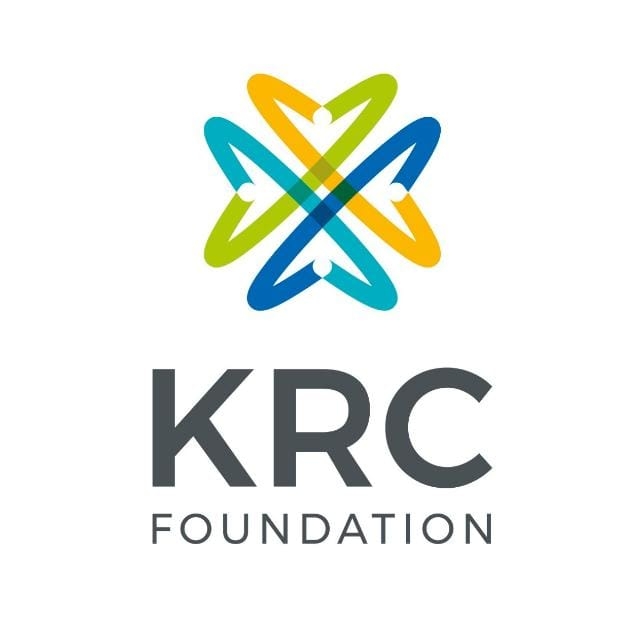The programme aims at making water conservation and promotion of irrigation efficiency a ‘Jan Andolan’ through asset creation and communication campaigns.
 KRC TIMES Desk
KRC TIMES Desk

To bolster rainwater harvesting and other water conservation efforts, the Centre will start the Jal Shakti Abhiyan from July 1 in 255 water-stressed districts.
Though water is technically a state subject, this is something the Narendra Modi-led BJP government at the Centre had promised. Therefore, the campaign would be manned by 255 Indian Administrative Service officers of either Joint or Additional Secretary rank.
Key Highlights:
- The JSA will run from 1 July to 15 September, and for selected states till November.
- The programme aims at making water conservation and promotion of irrigation efficiency a ‘Jan Andolan’ through asset creation and communication campaigns.
- The appointed officers will be working with a team of central government officers including the director or deputy secretary, ground water scientists and engineers, apart from state and district teams.
- These teams will visit identified blocks and districts, and coordinate the implementation of various water harvesting and conservation measures.
- Further, the teams will work towards water resource management and irrigation efficiency by focusing on the accelerated implementation of select central programmes in seven intervention areas.
- The officers will then submit their reports online on a designated portal and a secretariat is being set up at the Department of Drinking Water and Sanitation, Ministry of Jal Shakti.

Inspired by PM Narendra Modi’s impetus on ‘Jal sanchay aur sinchan’, the JSA is a time-bound and mission-mode water conservation and irrigation efficiency campaign for water security in rural India.
The move assumes significance as many parts of the country goes dry, especially during summer or non-rainy season.
People in many parts of the country have no access to water whereas in other parts a large part of the population has limited access to it.




